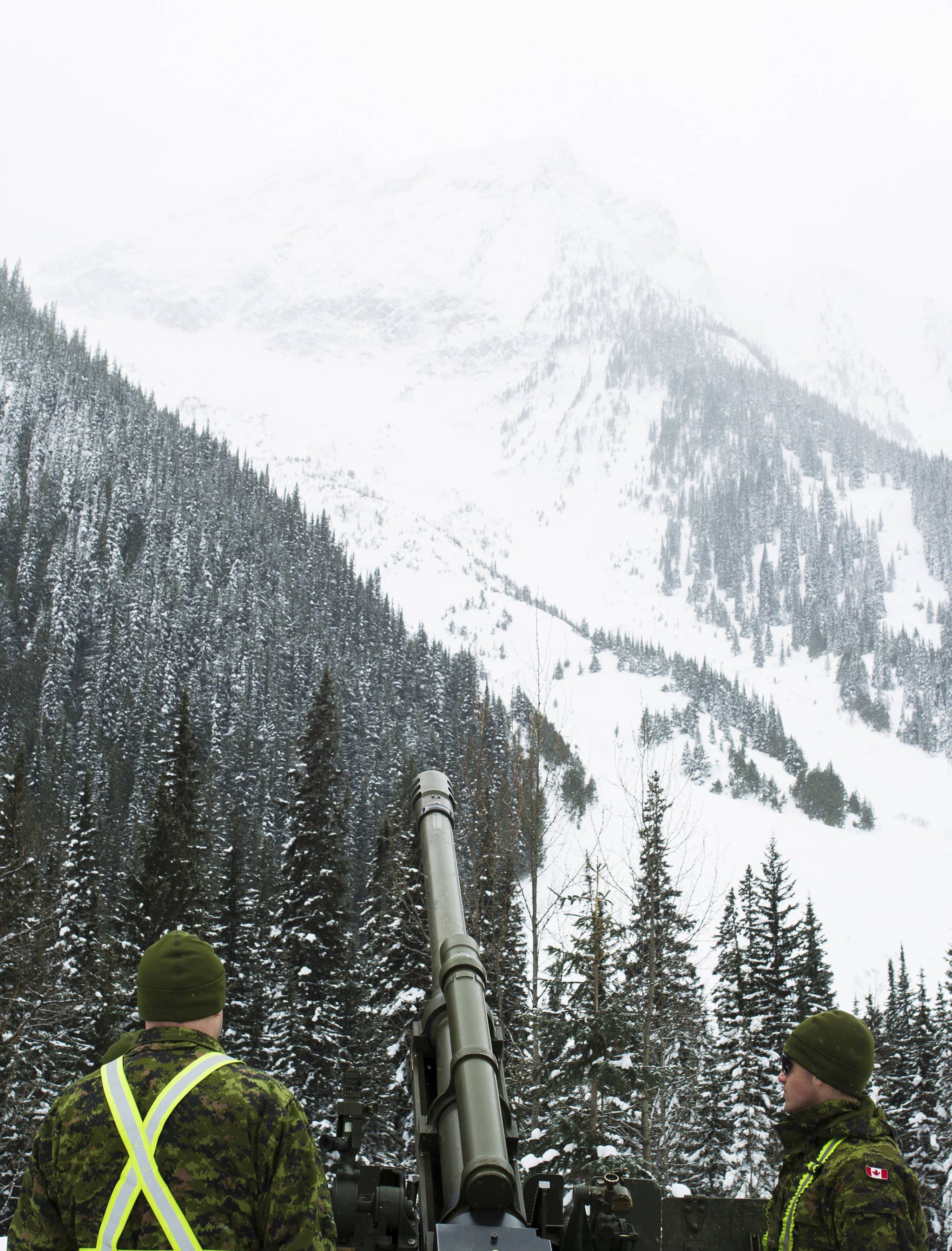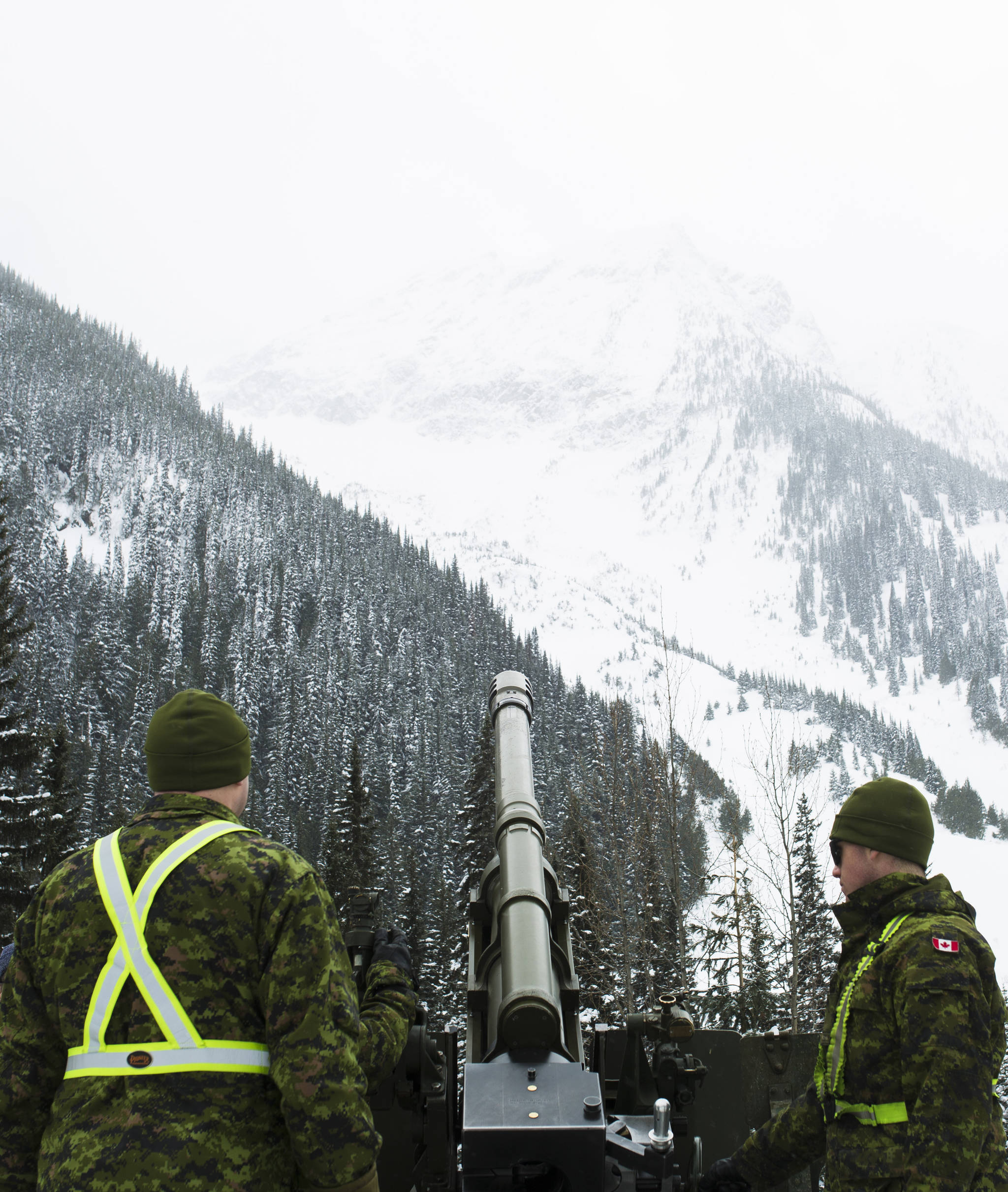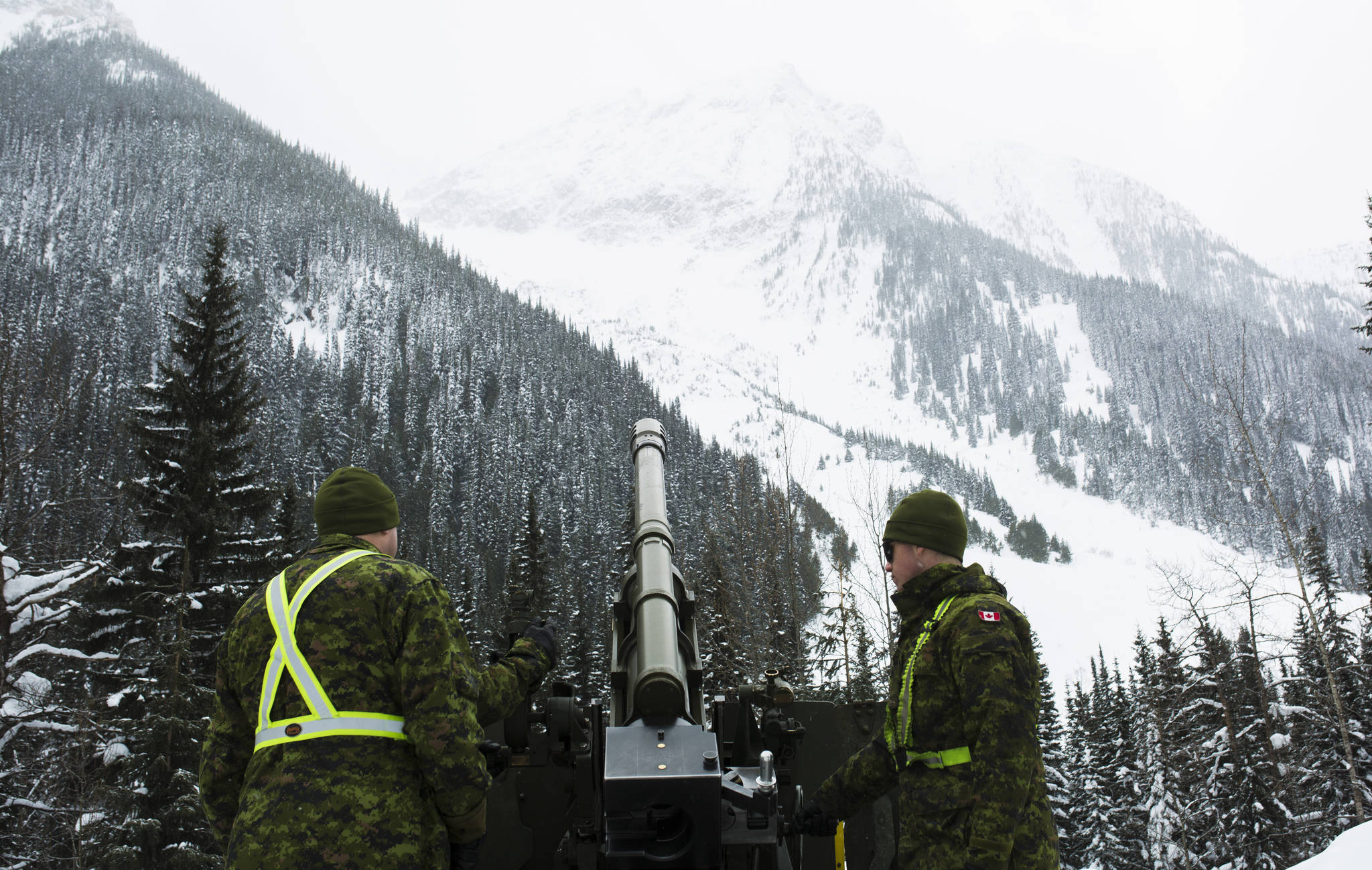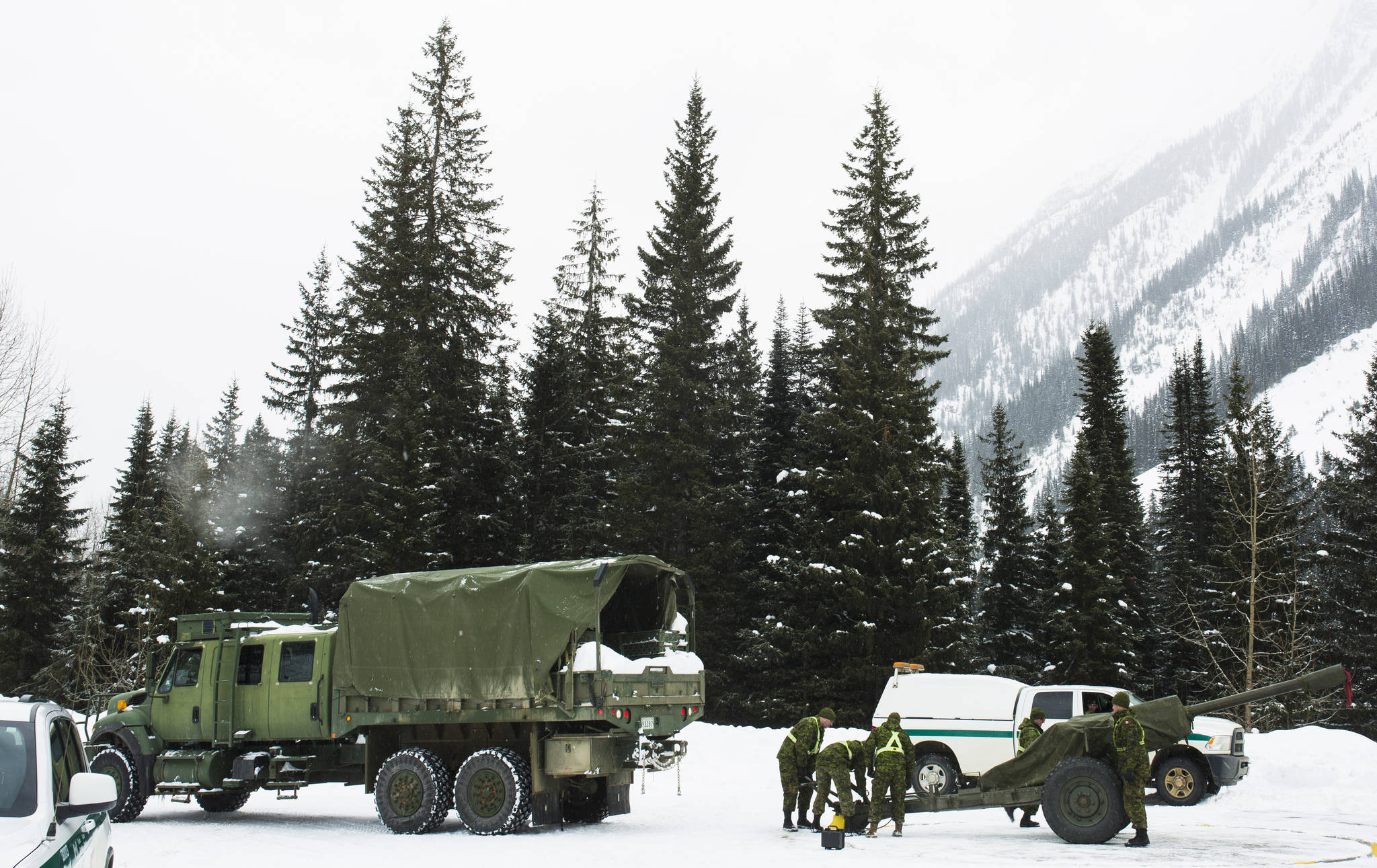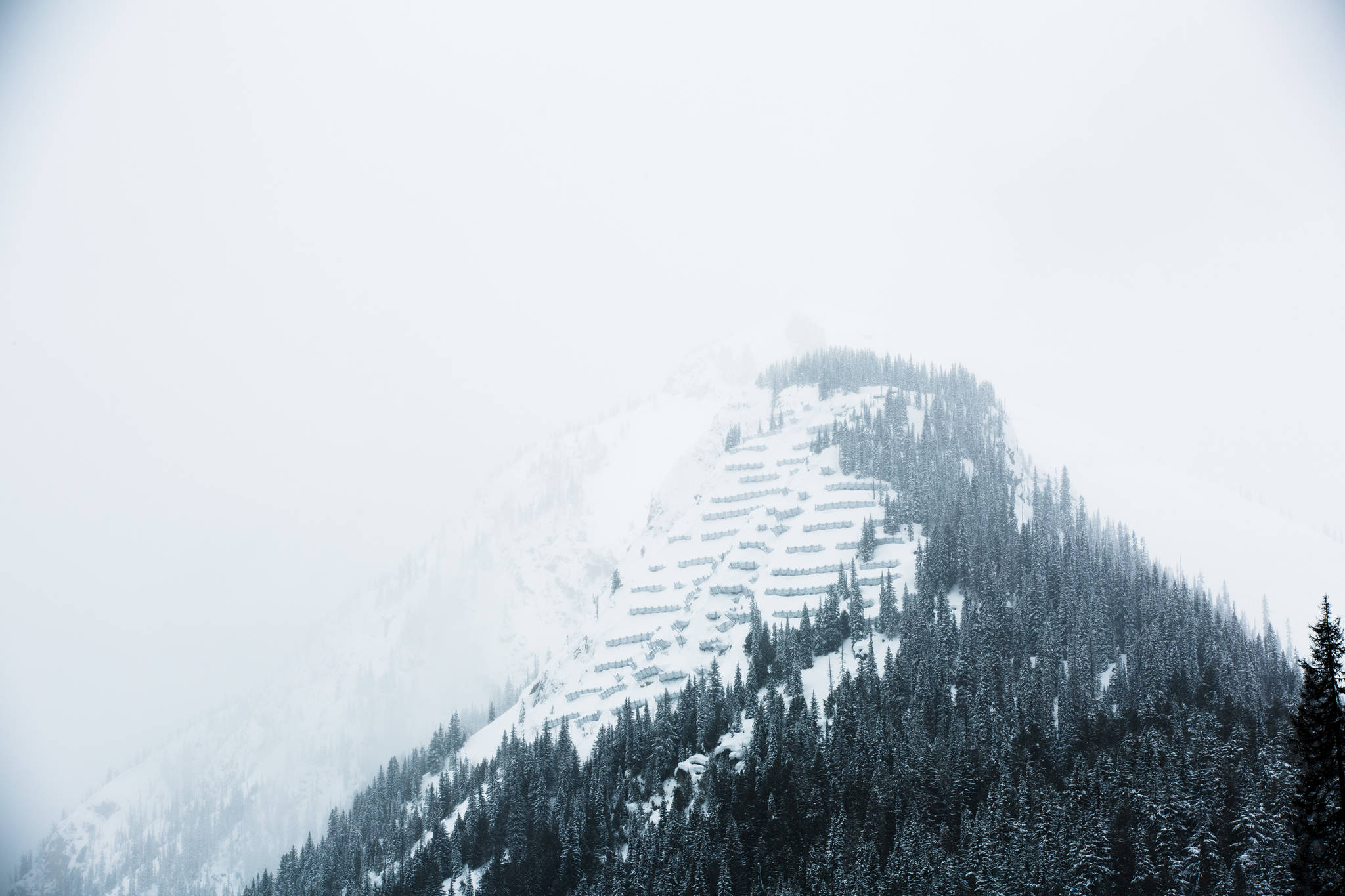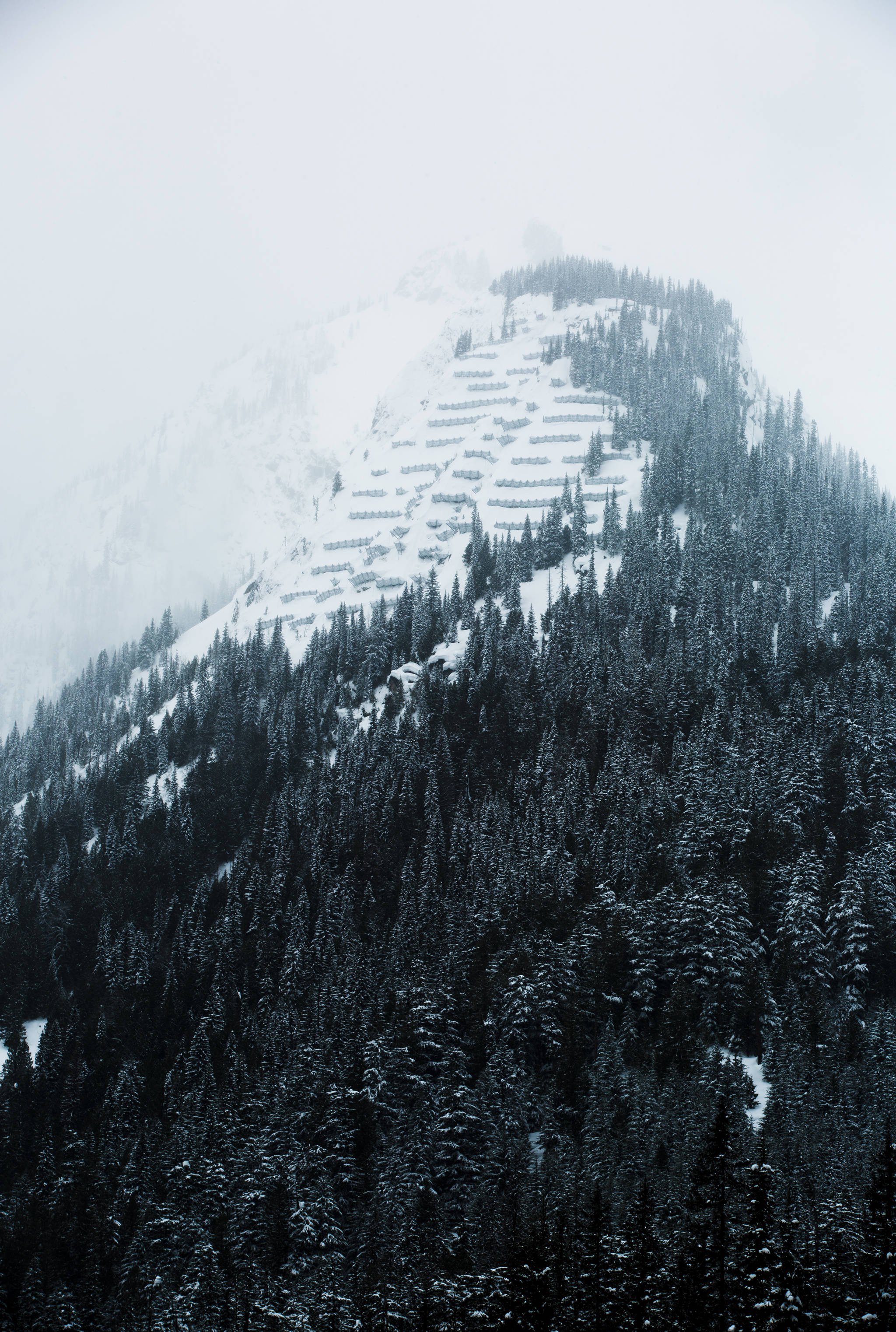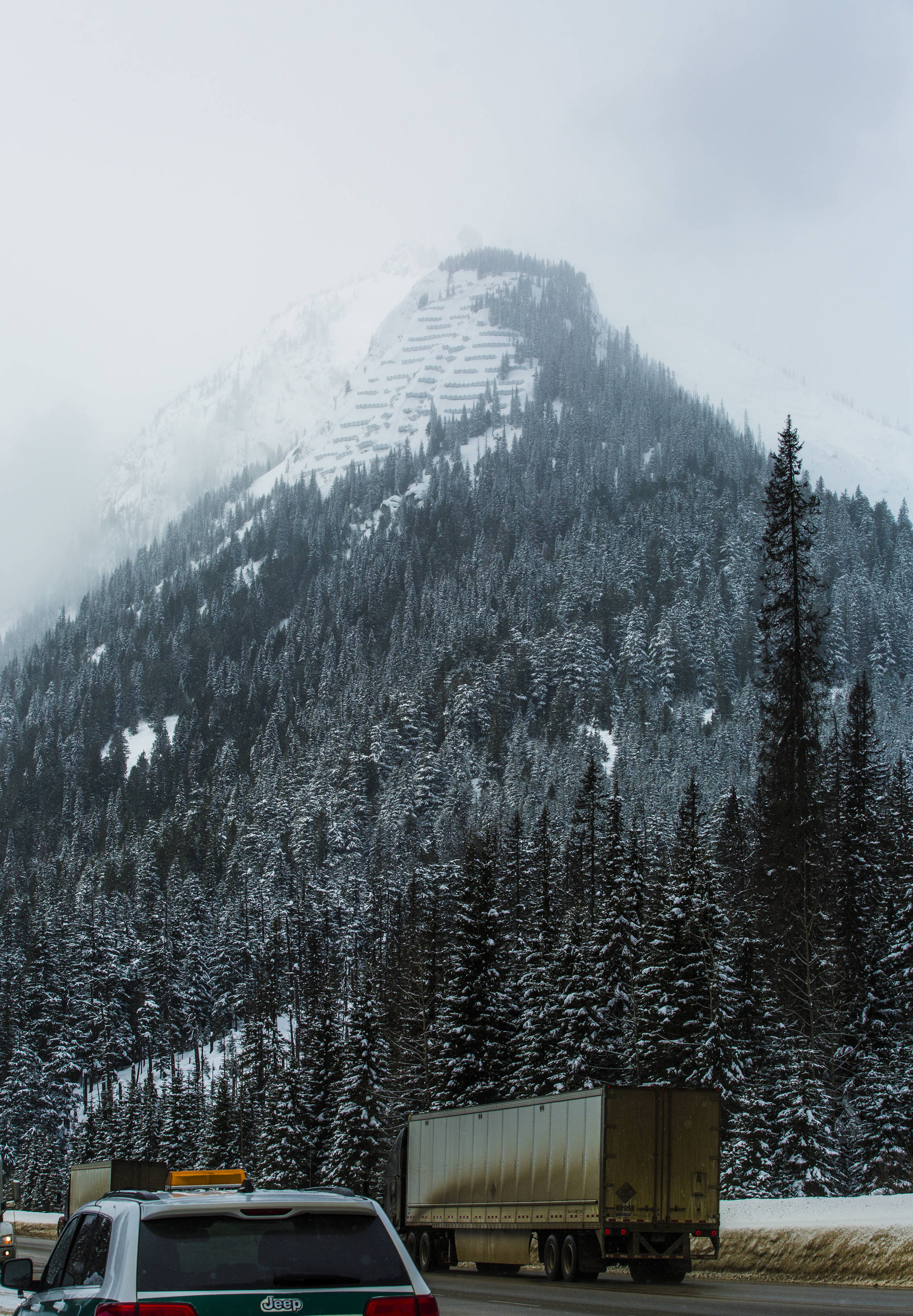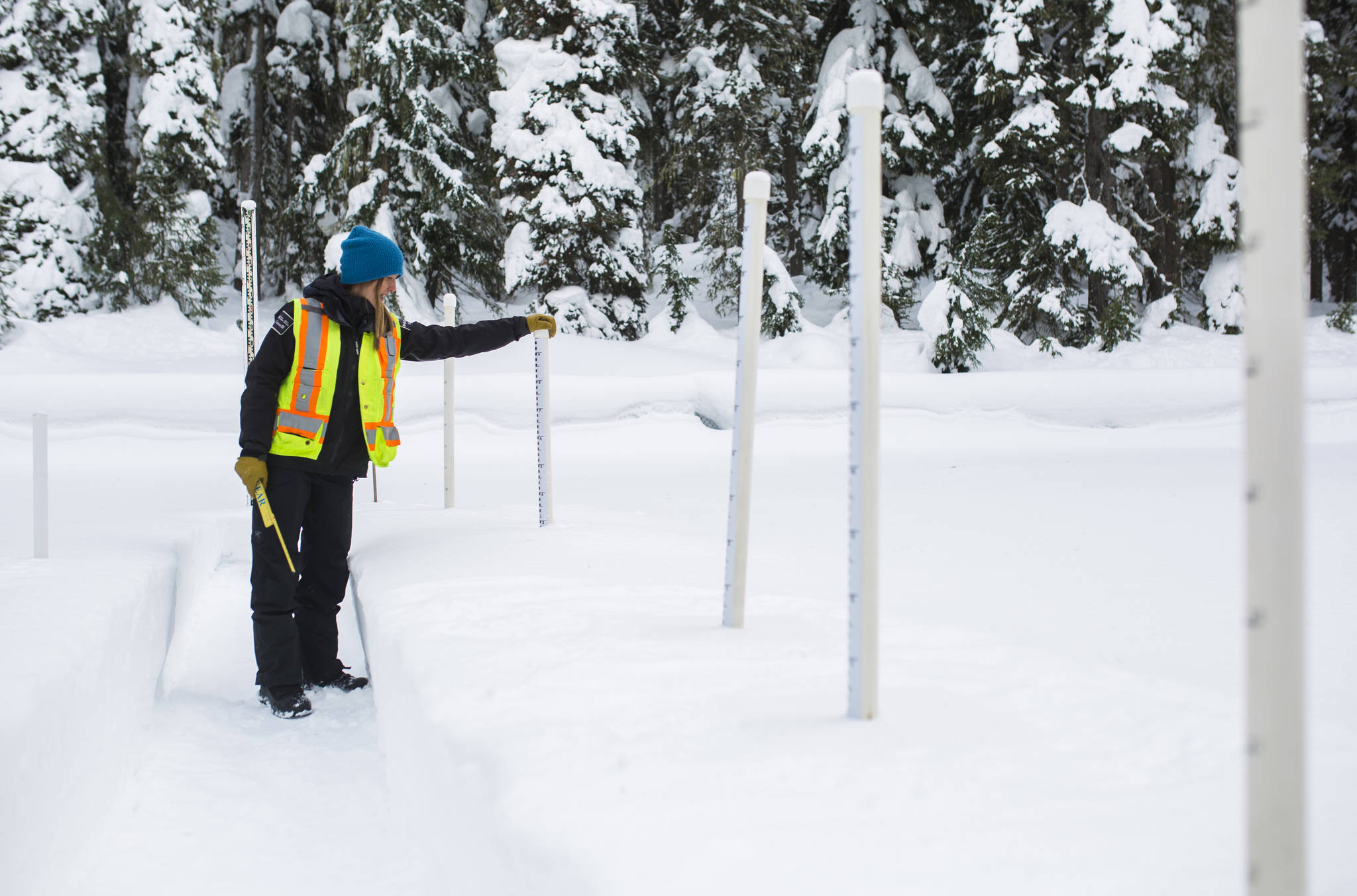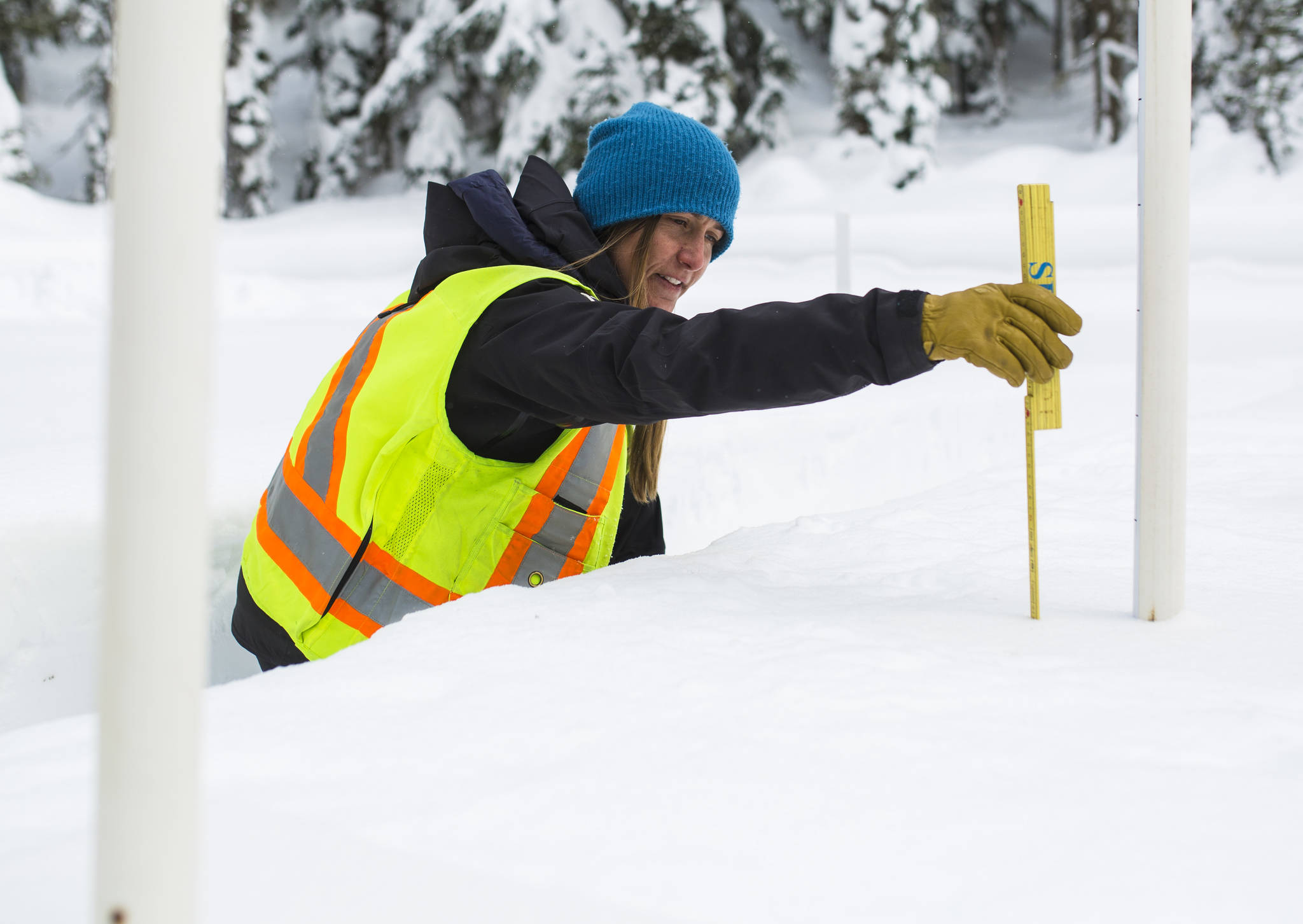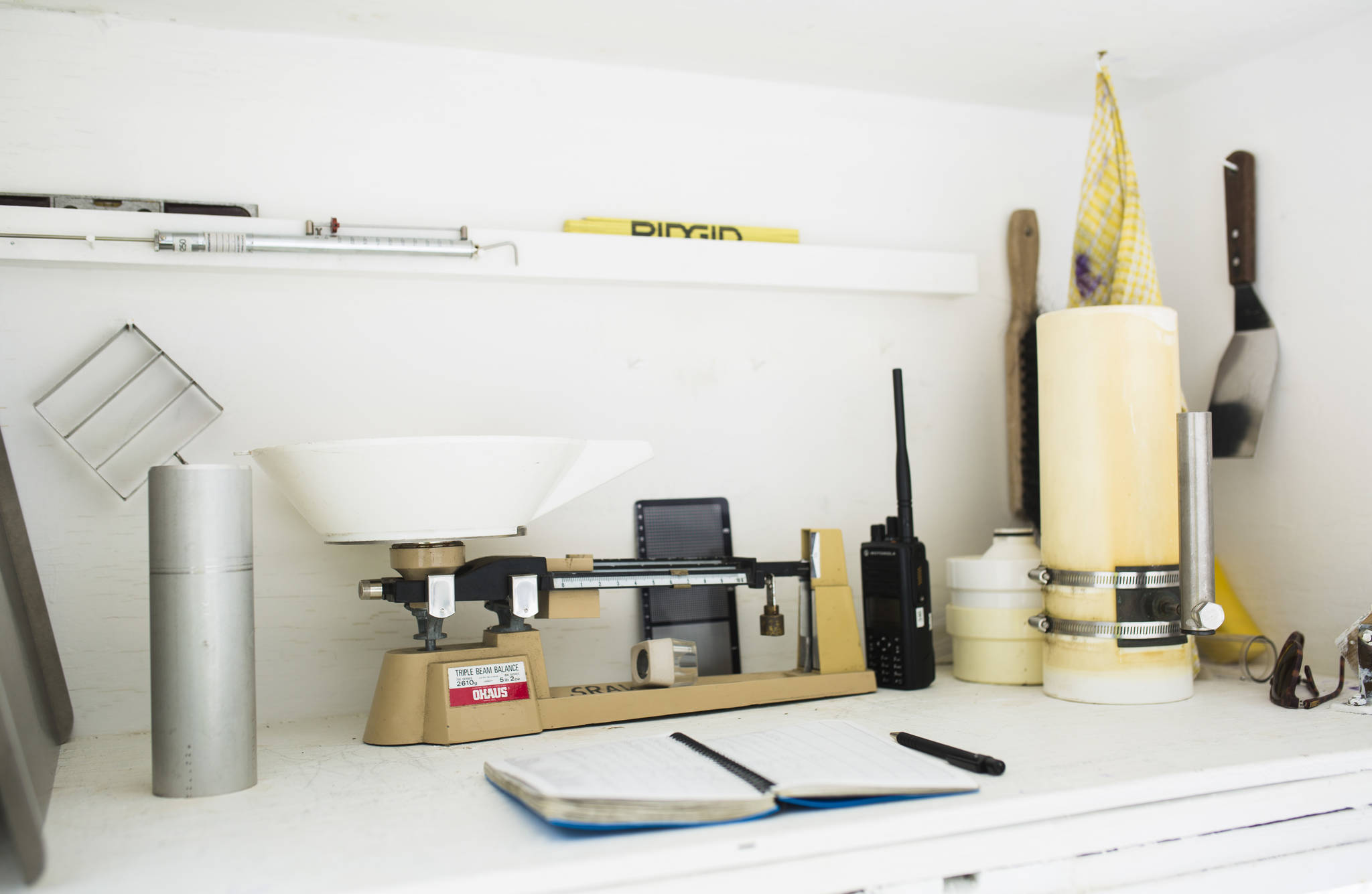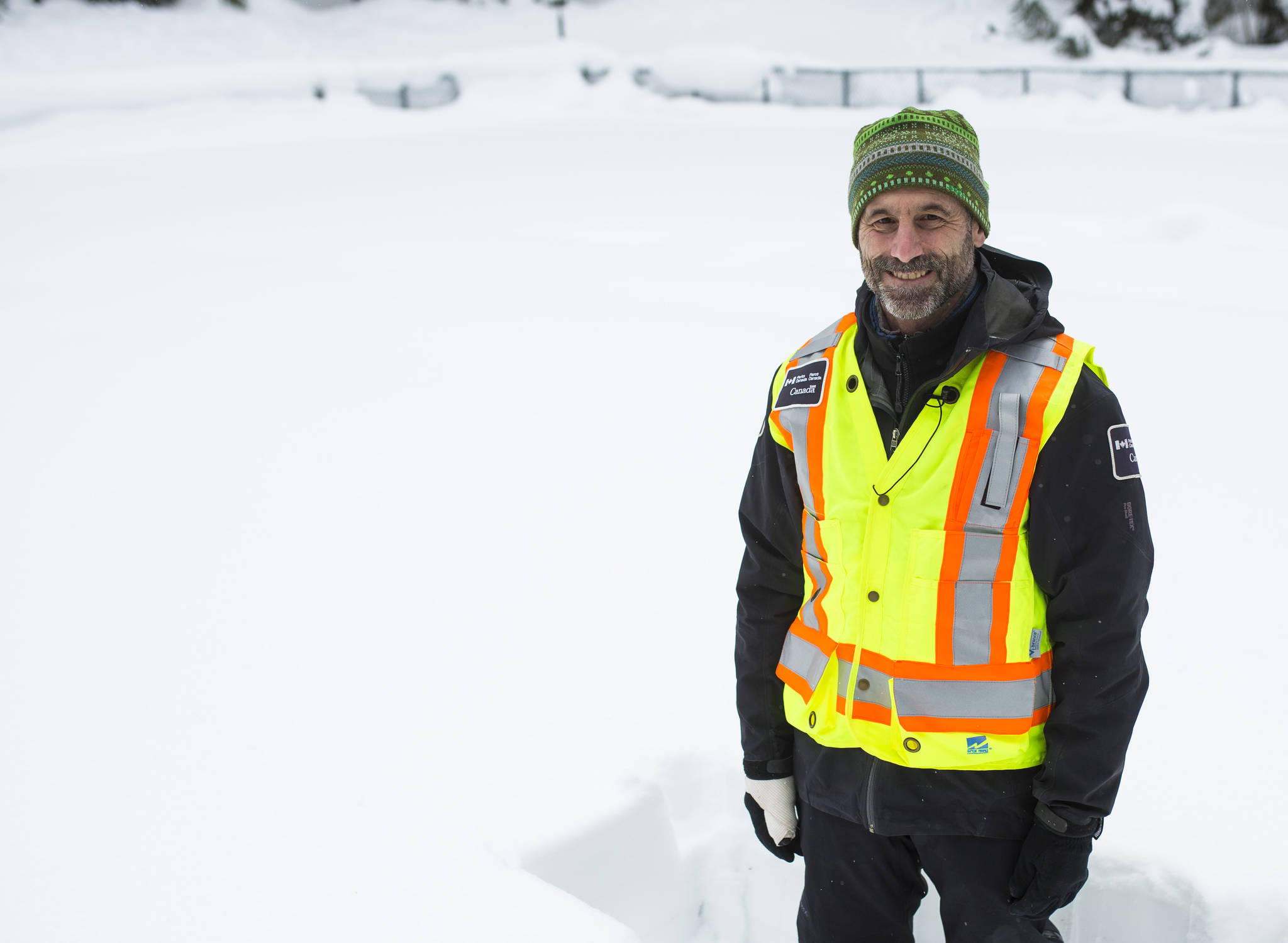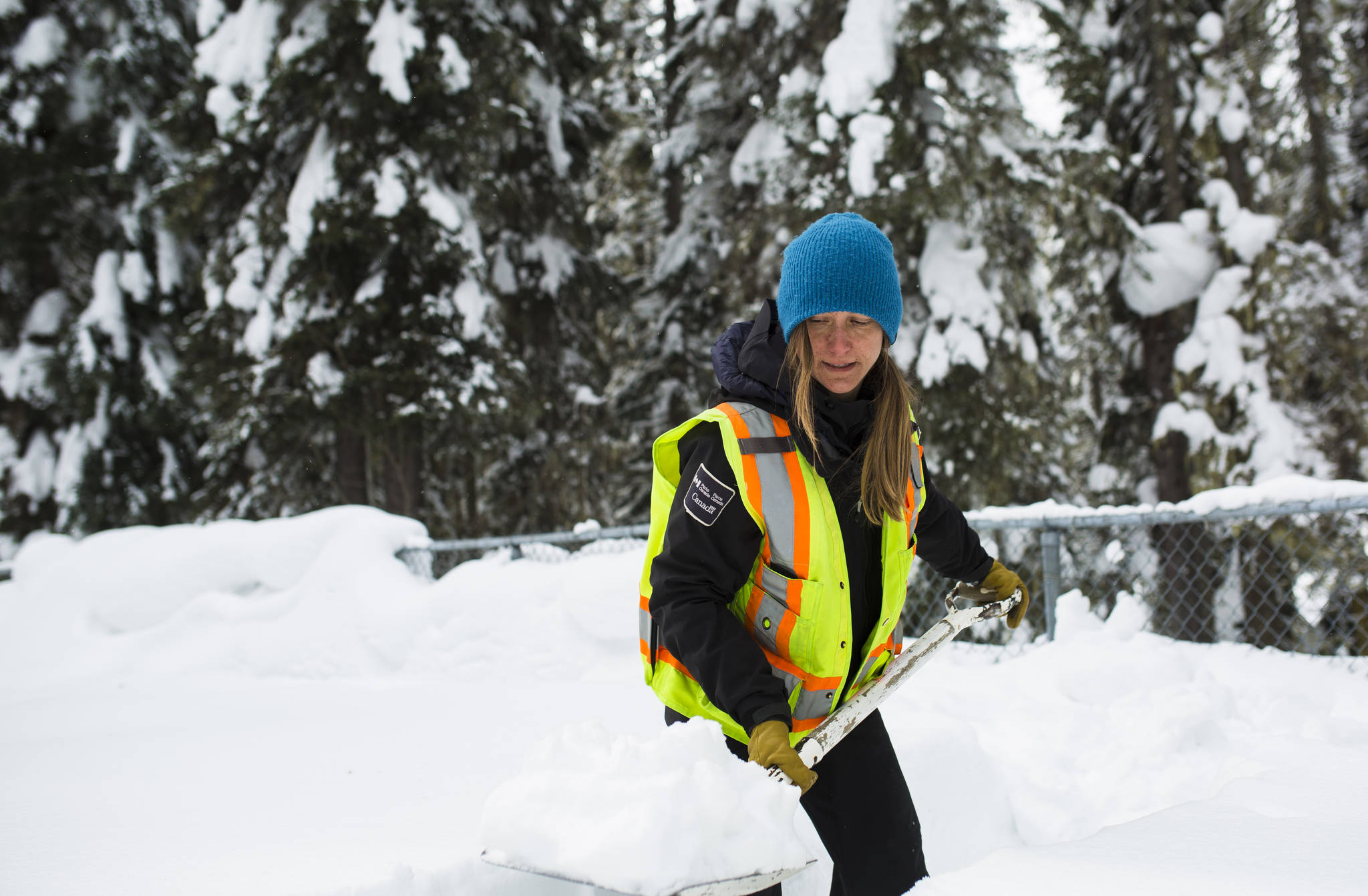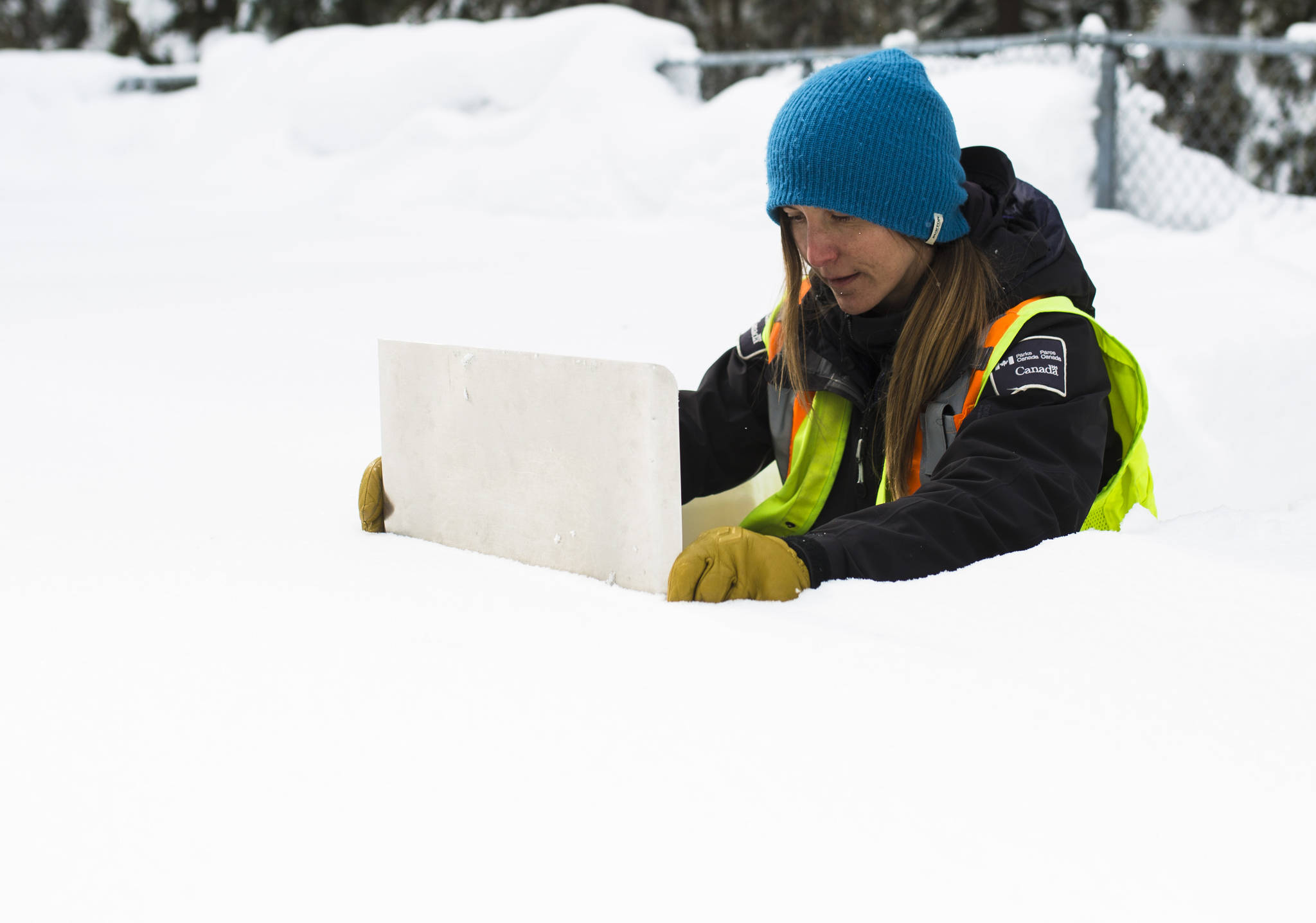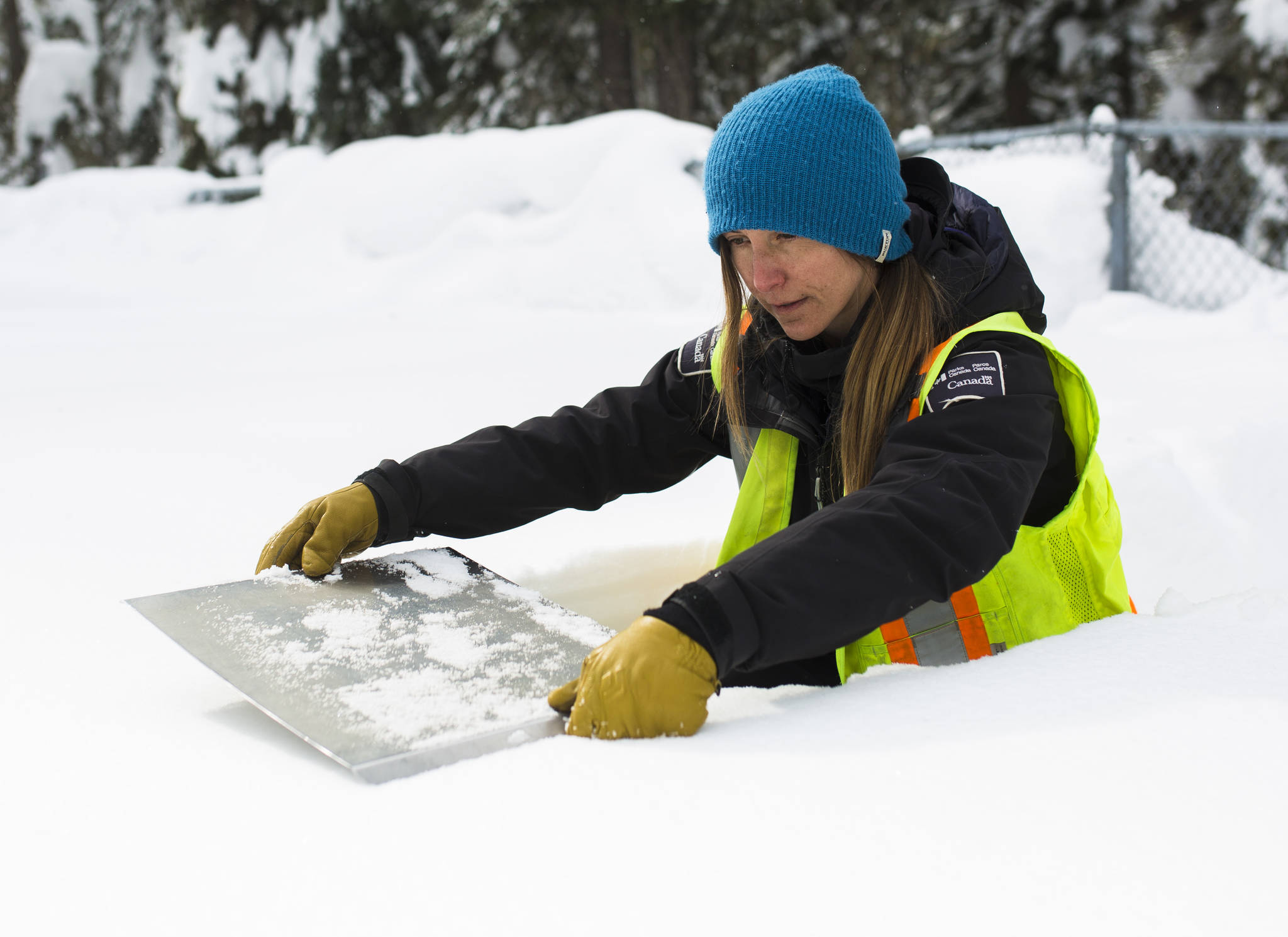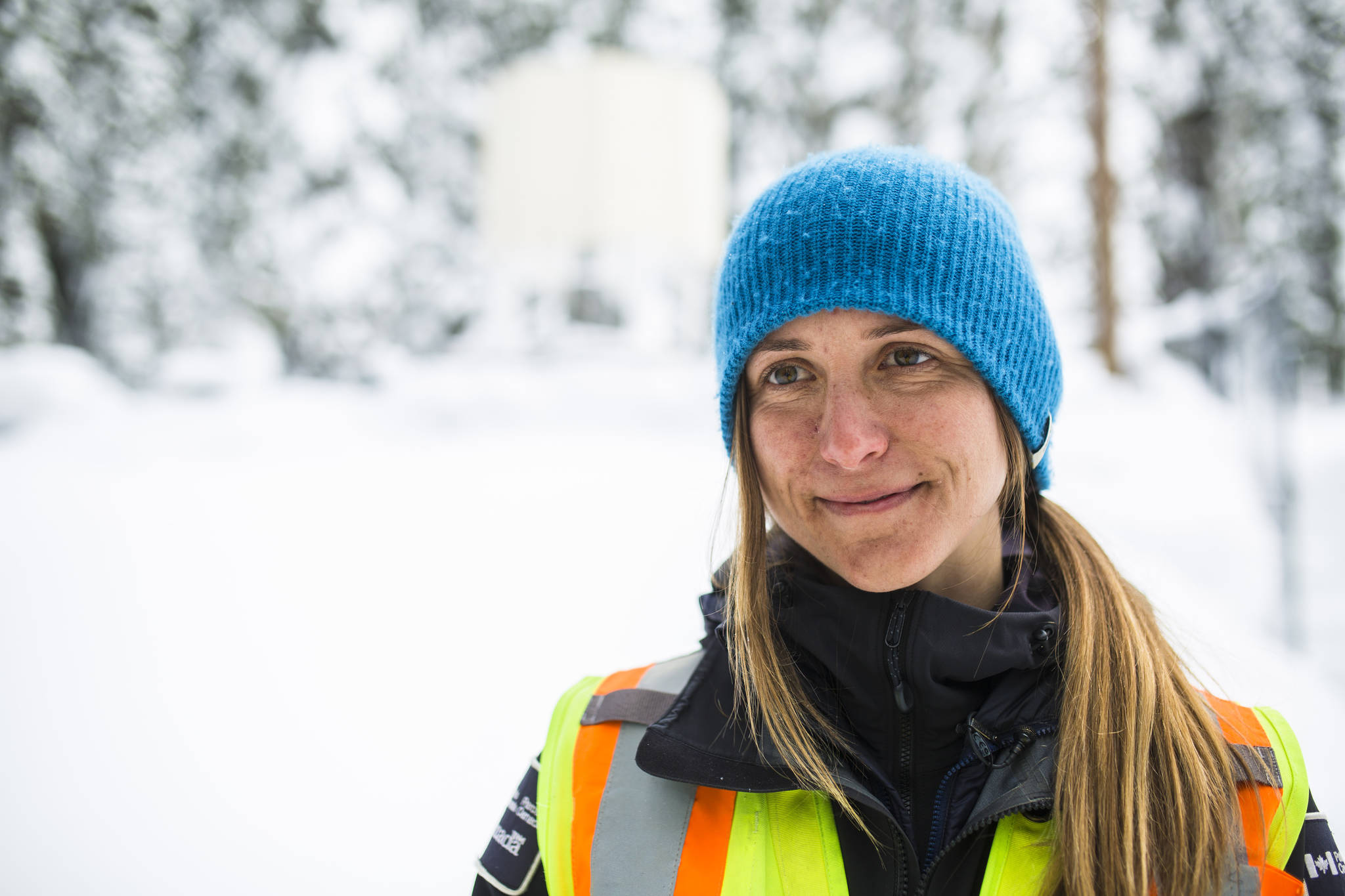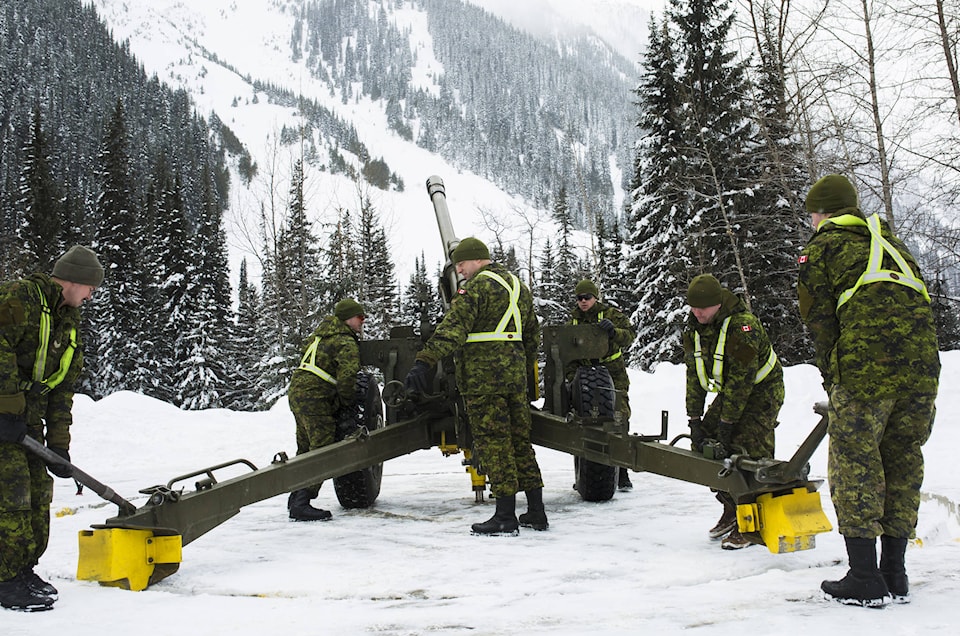For Senior Avalanche Officer Jeff Goodrich, avalanche forecasting is an art as well as a science.
Goodrich, who works for Parks Canada out of Rogers Pass, has been analyzing snow for decades. He helps keep travellers safe in the 40-kilometre avalanche-prone corridor at Rogers Pass, east of Revelstoke on the Trans-Canada Highway.
There are 134 paths on that stretch of road and Parks Canada employs a number of strategies to reduce the avalanche risk and keep visitors safe.
On a warm, grey day in February, Parks Canada hosted me and a CBC cameraman at Rogers Pass for an education in their avalanche program.
We are transported from the Discovery Centre at the summit to one of the 16 specialized rings along the highway where the Canadian Armed Forces helps perform avalanche control in the winter.
During avalanche closures, members aim and arm howitzer cannons, shooting directly into the snow, hundreds of metres above in order to trigger a slide before it falls onto the road of its own accord.
Over the winter, there are two rotations. It’s the longest-standing artillery operation on Canadian soil.
Members volunteer themselves for the rotation.
“If you’re lucky, you get to be chosen,” said 2nd lieutenant Paquet as the howitzer is loaded for a demonstration.
With minimal snow in the last few days and agreeable weather, the avalanche danger isn’t high today.
For the last 50 years, the army has been coming to Rogers Pass to aid with avalanche control. They didn’t always use howitzers. At the beginning, there was some trial and error to find the right tool for the job. Air rifles were used for a little while, but they finally settled on the howitzer, a slender looking machine. It’s the same that would be used in the field, however there’s a few specialized attachments that are avalanche-only.
There are more than 250 targets that are used to trigger slides and the coordinates are carefully read off by Parks Canada forecasters as they partner with the army.
When not manning the howitzer, the troops keep themselves occupied: the gym, ball hockey, basketball, exploring Parks Canada facilities like the Discovery Centre at the Rogers Pass summit.
“We keep busy,” Paquet says with a laugh.
It’s his first rotation at Rogers Pass.
“It’s a really good opportunity,” he says. “It’s a rare occasion as well, I think most people that get offered would accept.”
But the howitzers and their handlers are just one piece of the avalanche program puzzle that Parks Canada operates.
Snow sheds help keep the snow off the highway when it does slide, and specialized netting also plays a role.
Last summer, a multi-million-dollar snow fence was installed above the Mt. Sir Donald chain-up area. The steel rope is able to hold the entire winter’s snowpack so that an avalanche doesn’t even start.
“It’s designed to keep the snow in the avalanche start zone, so actually prevents avalanches from starting and running onto the highway,” says Goodrich.
The technology is common in Europe, but Goodrich says this is the largest one in Canada.
This is the first winter the snow fence has been in place and so far, they haven’t had to do any active avalanche control on the affected paths and no snow has run on the highway.
This area was a troublesome in the past, running early in a storm cycle. At this point on the Trans-Canada, if the snow were to make it onto the road, traffic would get backed up into other avalanche zones, a serious safety risk for travellers.
Parks Canada knows when the avalanche risk is high and control needs to take place thanks to the snow science that their forecasters perform. Twice a day, they are out at snow plots gathering data that help them make informed decisions about the avalanche risk.
In the afternoon, we check out the snow plot at Rogers Pass Summit. It’s located in a clearing of trees behind the Parks Canada compound. We spot the tracks of a group who left earlier to ski up the slope above. They are traversing an exposed part of the hill above us as we head into the plot.
It’s a fenced-off area where the season’s snow gathers. Now, the snow is almost above the fence. The weather station is located here, as well as areas that forecasters use to tell how much snow has fallen in the last day, week, month, season.
Danyelle Magnan is studying to be an avalanche forecaster.
She first moved to Revelstoke 10 years ago and stayed because of the winter.
She says the more she learns about snow and avalanche forecasting, the more she realizes how much there is to learn.
“I’ll never get bored of doing this because every day is different,” she says. “I find it really challenging and super interesting.”
Magnan gets to learn from some of the best in the business.
She says their goal, ultimately is to keep visitors safe.
“There’s days where we’re really crazy busy. We’ll have a big avalanche cycle and we’ll be doing control,” she says, “and everything goes successfully and obviously that’s super fulfilling.”
She says the job is year-round.
Come spring and summer, they’ll be catching up on data entry and writing annual reports. They also have maintenance to do at their snow plot sites to get ready for the next winter.
Before she took on her job she says “I had no real appreciation for what goes into keeping the highway open and how much effort goes into it.”
As the avalanche season nears its end this year, Magnan and the other techs will be gearing up for the summer season.
“We’re outside and every day is different,” she says. “You never really know what to expect.”
@marissatiel
marissa.tiel@revelstokereview.com
Like us on Facebook and follow us on Twitter.
